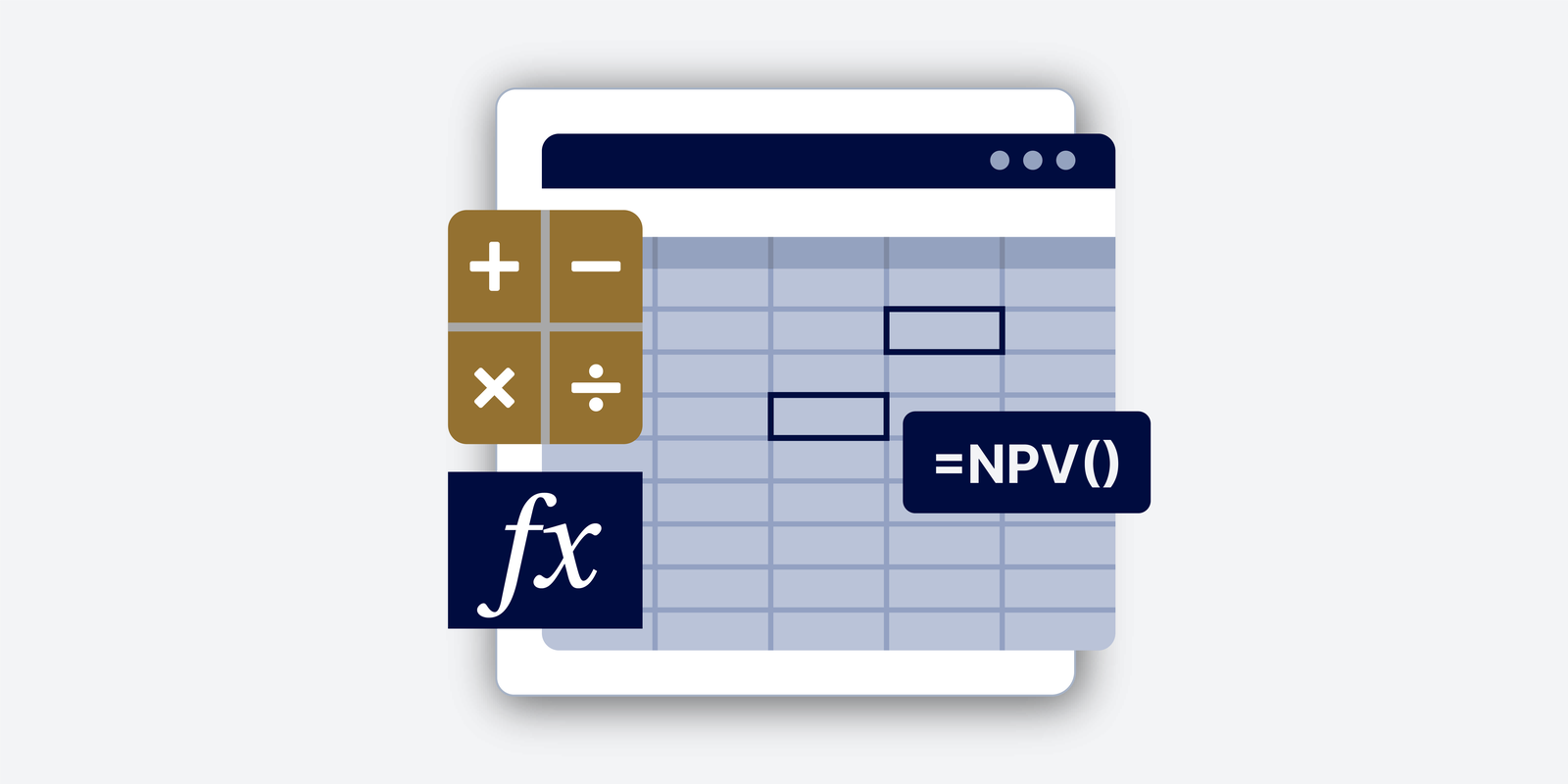Asset Retirement Obligation (ARO)
What is an Asset Retirement Obligation (ARO)? An asset retirement obligation (ARO) is a legal obligation that is associated with the retirement of a tangible, long-term asset. It is generally applicable when a company is responsible for removing equipment or cleaning up hazardous materials at some agreed-upon future date. A company must realize the ARO…





